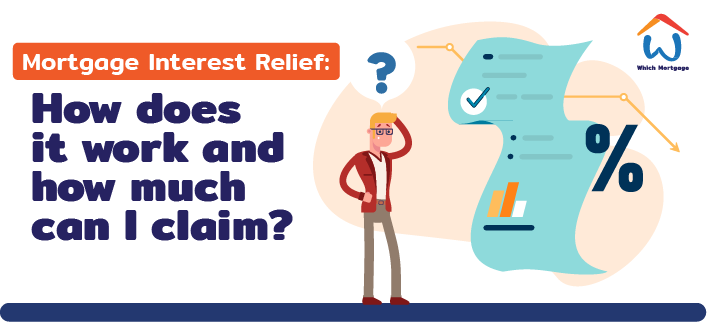
Mortgage Interest Relief: How does it work and how much can I claim?
2024-02-09In response to rising interest rates, Budget 2024 introduced a one-time Mortgage Interest Tax Relief and, as of 31 January 2024, PAYE taxpayers can now submit claims for this relief through Revenue's myAccount service.
How the Mortgage Interest Relief Works
The relief is available in respect of the increase in interest paid in 2023 compared to interest paid in 2022. Qualifying for relief at the standard tax rate of 20%, the cap is set at €6,250 per property, equivalent to a maximum tax credit of €1,250. It is estimated that there are approximately 208,000 mortgage holders eligible for relief, with a projected cost of €125 million on a once-off basis.
Who can claim the Mortgage Interest Relief?
The relief is only available to those who have seen their mortgage interest bill on their principal private residence increase from 2022 to 2023. A further requirement for eligibility is that you must have an outstanding mortgage balance between €80,000 and €500,000 on 31 December 2022.
You cannot claim the Mortgage Interest Relief if the property is not a qualifying property, i.e., if it is:
- A residential property not compliant with Local Property Tax obligations;
- A residential property not compliant with planning permissions; or
- A residential property acquired from a connected party where the purchase price substanitally exceeded the property value.
How much can you claim?
The Mortgage Interest Relief reduces your Income Tax liability for 2023. It does not provide relief against Universal Social Charge (USC) or Pay Related Social Insurance (PRSI). The maximum amount you can be refunded per residence is €1,250.
Say for example that you had an outstanding mortgage balance of €200,000 on 31 December 2022, and your mortgage loan was in place for the entirety of 2022 and 2023. In 2023, you paid €12,000 in interest on your mortgage and €9,000 in 2022. The interest paid in 2023 minus the interest paid in 2022 equals to the amount by which the interest increased, i.e., €3,000. The mortgage interest relief due at 20% will be €600.
It is important to note that only one tax credit is available per property. Where there is more than one eligible claimant, the tax credit must be apportioned between the claimants. The relief is split based on the amount of interest paid by each individual. It will consider the period for which that interest is paid in 2022 and 2023.
For instance, if you and your partner are a cohabiting couple with a qualifying mortgage for 2022 and 2023. You pay 80% of the interest and your partner pays the remaining 20%. When calculating the relief, it will be apportioned based on the amount of interest paid by each of you and the relevant time periods of the qualifying mortgage.
How to claim
To claim the Mortgage Interest Relief, you must submit the following documents:
- Certificate of Mortgage Interest 2022;
- Certificate of Mortgage Interest 2023; and
- Confirmation of qualifying mortgage balance at 31 December 2022.
You can claim the credit for 2023 by completing your Income Tax Return in myAccount. For step-by-step guidance on how to complete the claim process, visit the Revenue website.
When the European Central Bank began its series of interest rate hikes in July 2022 and throughout 2023, tracker mortgage holders and those on variable rates saw sharp increases in their repayments. The relief was introduced to alleviate the financial pressure these mortgage holders underwent. Understanding this relief and applying for it can positively impact your finances, so make sure to see whether you qualify and take advantage of this opportunity to ease your tax burden.
More Questions?
Talk to one of our mortgage specialists now!
BOOK AN APPOINTMENT


